Casting
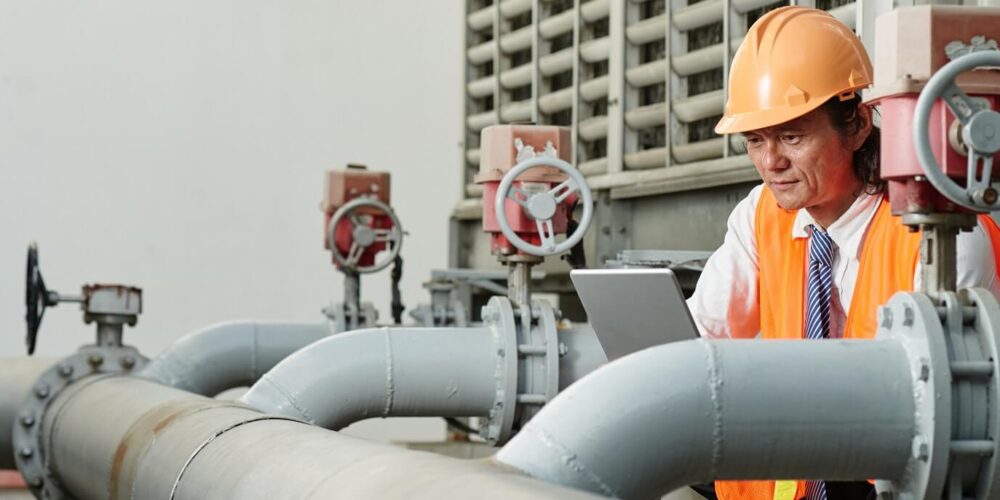
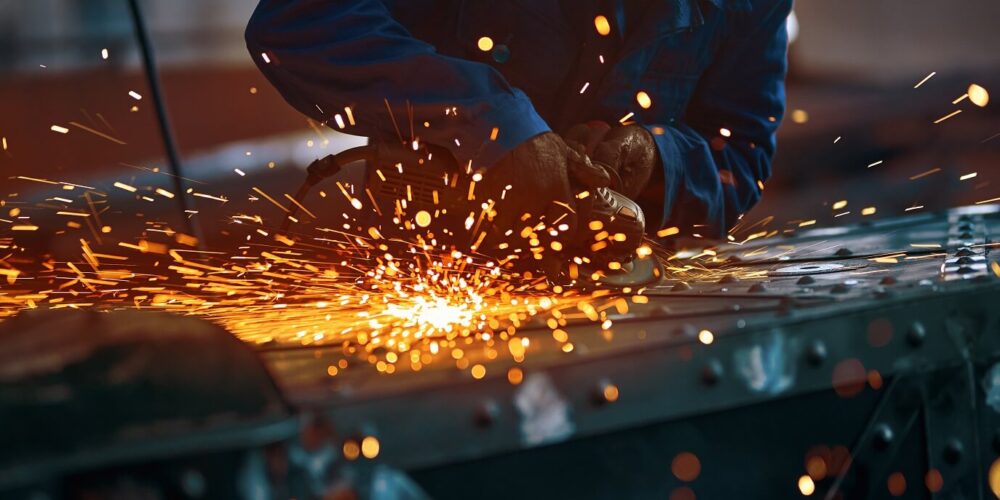
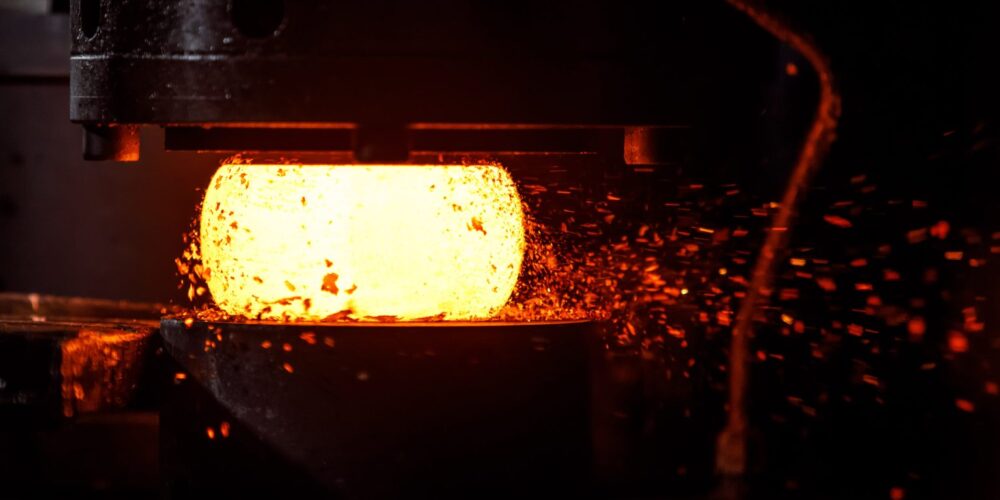
Forging
Step 1: Designing & Creating Dies
Making dies is a procedure that is not necessary for closed-die steel forging parts. Once a new product is placed, our engineer will create dies using the customer’s steel forging layout. Additionally, forging dies are substantially more expensive than casting molds since they include trimming dies and flattening dies.
Step 2: Cutting and Heating the Billet
For continuous manufacturing, experts maintain regular steel material specifications with the forging company. Following the completion of the dies, steel billets will be removed from the material warehouse, chopped to the desired length, and heated in a medium-frequency furnace before forging.
Step 3: The Actual Forging Process
This process is done through the so-called “flash.” Heat-treated steel bars that have been placed under lower and upper dies and then pressed into the desired shape after being heated from billets.
Step 4: Trimming
Now that forging blanks with flash have been acquired, the flash will be removed by pressing the steel blanks once more while being placed under trimming dies. A complete forging blank is finished in this step.
Step 5: Heat Treatment
After forging, heat treatment will be carried out to enhance the strength and mechanical qualities. Common heat treatment techniques for steel forgings include normalizing, quenching, annealing, tempering & hardening, solution treatment, etc., just like they are for investment castings. Naturally, heat treatment is only used when necessary.
Step 6: Shot Blasting and Machining
Steel forgings will be shot blasted to eliminate the scale and get a superior surface finish. After shot blasting, products will appear considerably smoother and more transparent.
Although forging blanks have tighter tolerances than casting ones, occasionally, this is still insufficient for application. To solve this concern, machining is required. The NC lathe and CNC are the primary machining tools used. While CNC is used for precise, expensive machining, NC lathes are utilized for simple machining.
Final Step of the Forgings Process
The final step of the process is surface preparation, delivery, packaging, and inspection.
Casting
The Investment Casting Process
Investment casting is a manufacturing process that involves pouring molten alloyed material into a ceramic mold containing a hollow cavity of the desired shape. As the material solidifies, it forms the casting, which is then broken away from the mold.
We implement the following steps when creating investment castings:
Engineering Review. The first step begins with a thorough customer evaluation of the Design for Manufacturing (DFM).
Mold Design/Build. Once the initial evaluation is complete, we precision-engineer a wax injection mold that can be used to produce wax patterns for the final part.
Wax Pattern Production. The wax injection mold is brought to the wax room for injection and assembly. This step helps us determine the necessary production capabilities.
Ceramic Mold Construction. We dip the wax tree into a ceramic slurry until it is completely enveloped in the material. The tree is then thoroughly coated in sand to create a shell that forms the first layer. The mold is then dried.
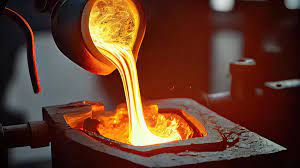
De-Waxing. The shell containing the wax pattern is placed into an autoclave that uses steam heat and extremely high pressure to remove the wax.
Foundry & Pouring. The mold is placed into a high temperature oven set to approximately 1000 C (1832 F) for curing and to prepare it for accepting molten metal.
Shell & Casting Removal. Once the metal has cooled, the ceramic mold shell is broken away. At this point, the casting(s) can be removed from the metal tree.
The part’s gate is often removed by machining or grinding after manufacturing. Investment castings utilize a ceramic mold that can produce a much smoother surface (averaging a 125 RA surface finish).
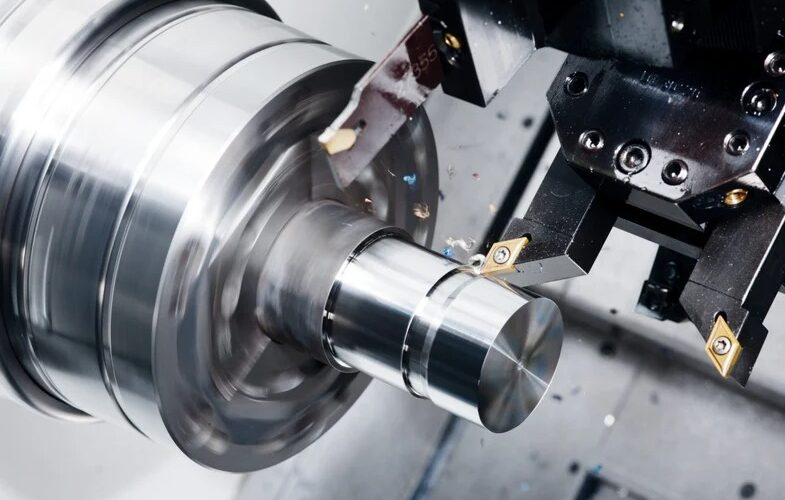
Special Machining
Machining is the process of cutting and shaping metal to the desired shape with specialized equipment. This process falls under the umbrella of ‘subtractive manufacturing’ because the material is removed through turning, milling, and drilling. We use extremely precise machining techniques to offer a turnkey solution for all your industrial needs.
In addition to rolling and bending our comprehensive range of fabrication capabilities includes plasma and laser cutting. We are expert fabricators and have a first-class team of certified welders capable of utilizing TIG, MIG, and ARC welding processes to join materials from standard-grade steels to the most exotic stainless steel alloys.

